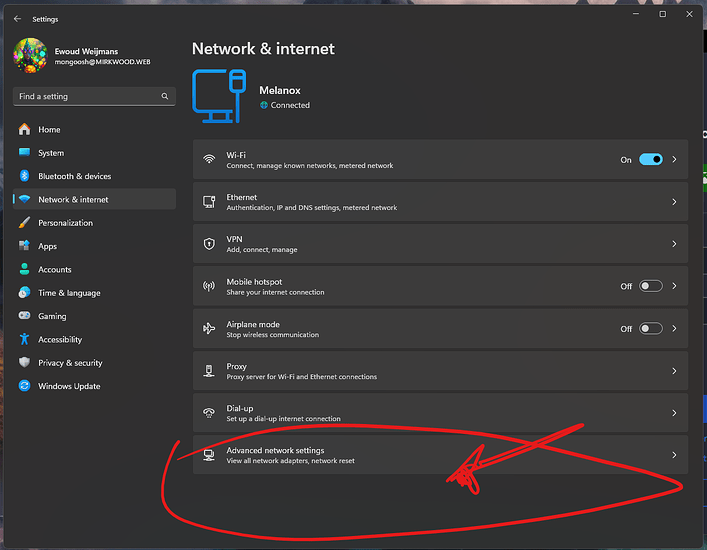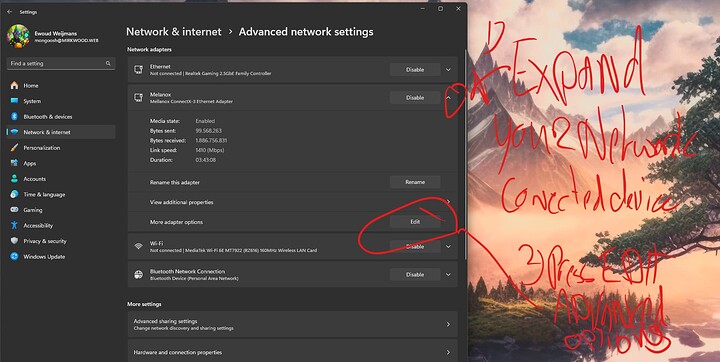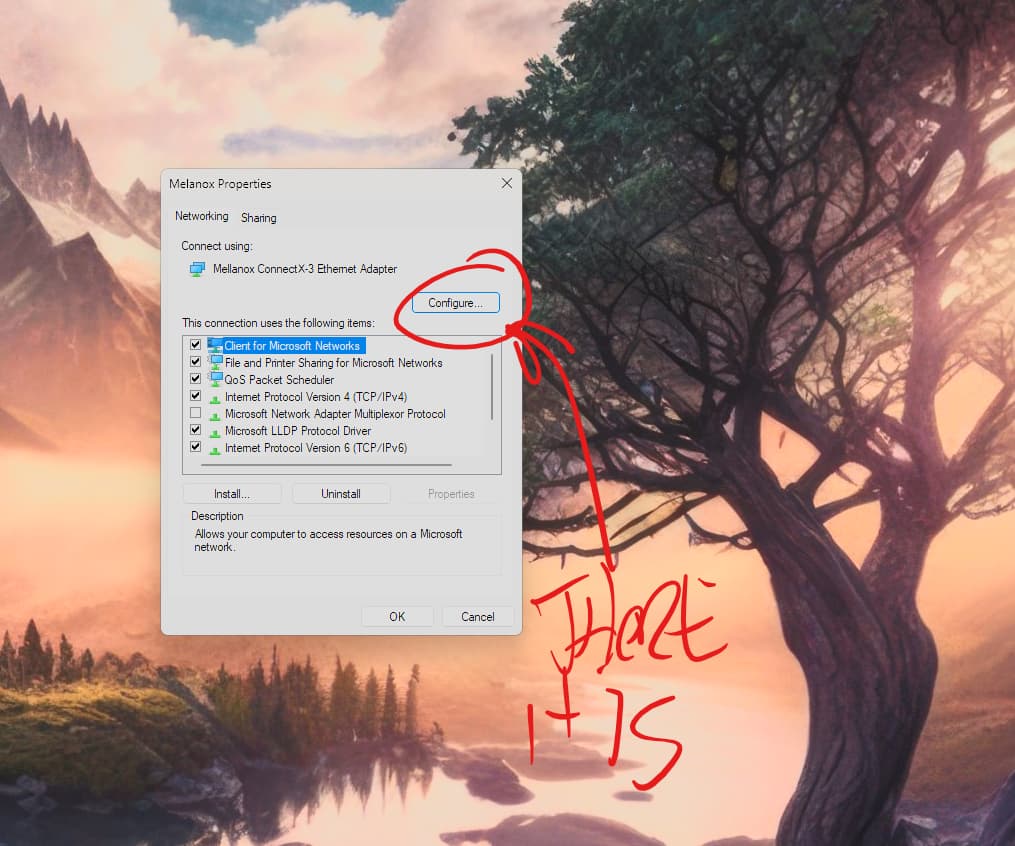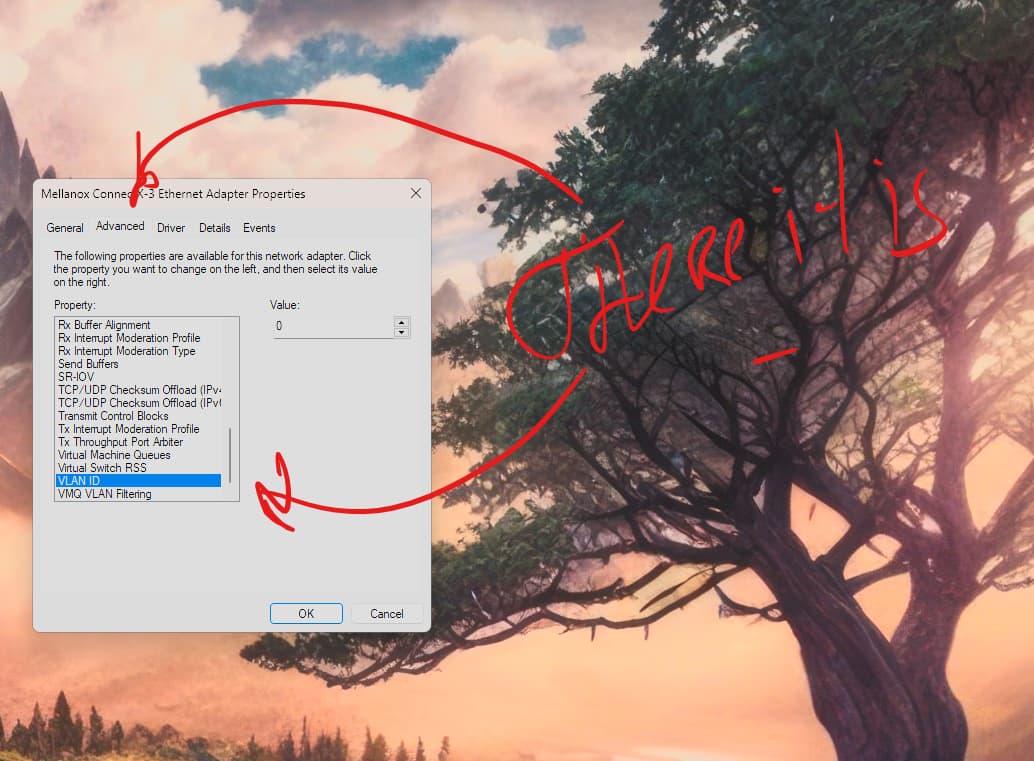Hello,
I feel I am about to demonstrate stupidity here, but after hours of troubleshooting, I can’t figure out where I am going wrong.
I have Pfsense installed on a MiniPc in my home network. I have several vlans configured, all are working well (primary, guest wireless, IoT, etc). Currently, my main PC is plugged into a switch and configured to use vlan 10 - this works fine. From the switch, all traffic goes out a trunked port and into an interface on the Pfsense device which is configured to handle all the vlans.
Here is my problem: I would like to directly plug my main pc into the Pfsense device. I know I can no longer easily specify a vlan in Windows, so I am using vlan 1 with the following solution.
- Create a new vlan (1) on the Pfsense device
- Associate it with an unused interface, enable it
- Configure DHCP
- Create Firewall rules which should allow the vlan\interface to function properly
When I connect to the interface from my PC, I cannot get network connectivity. I feel I am missing something fundamental, in other words, I simply can’t do what I would like to do (or I am making a very stupid error).



